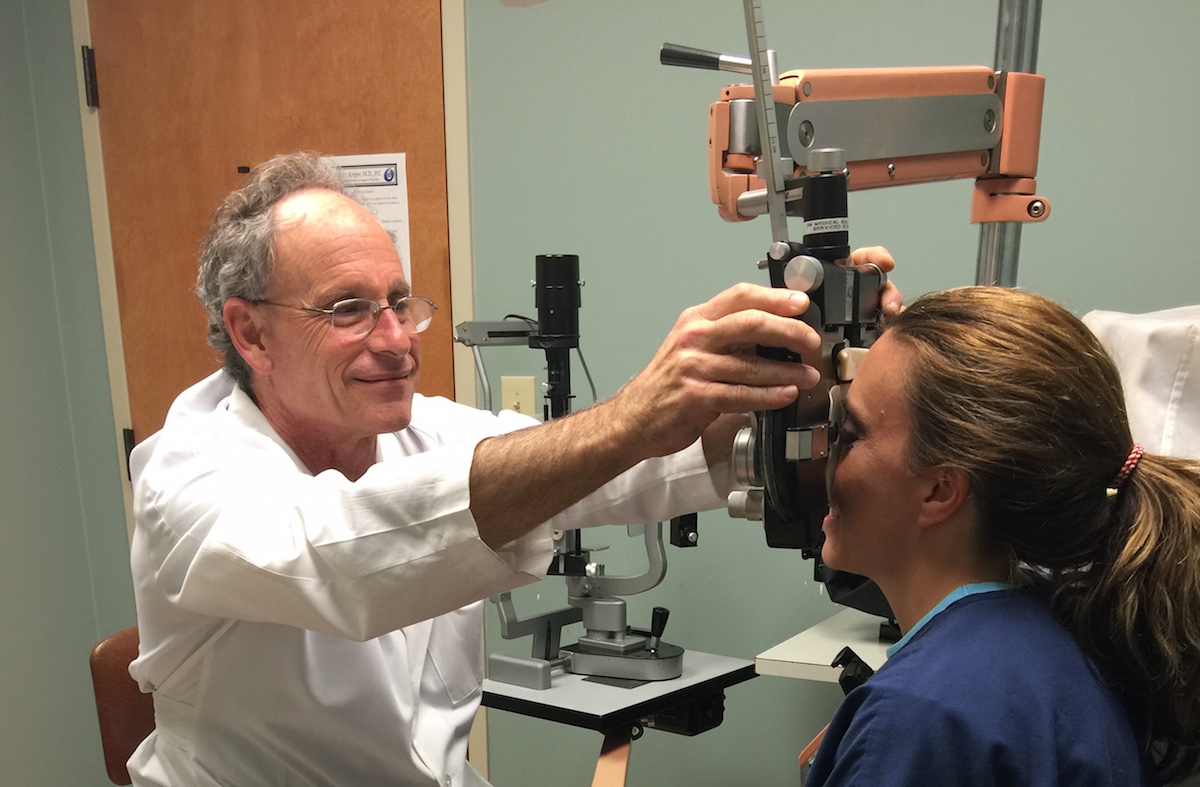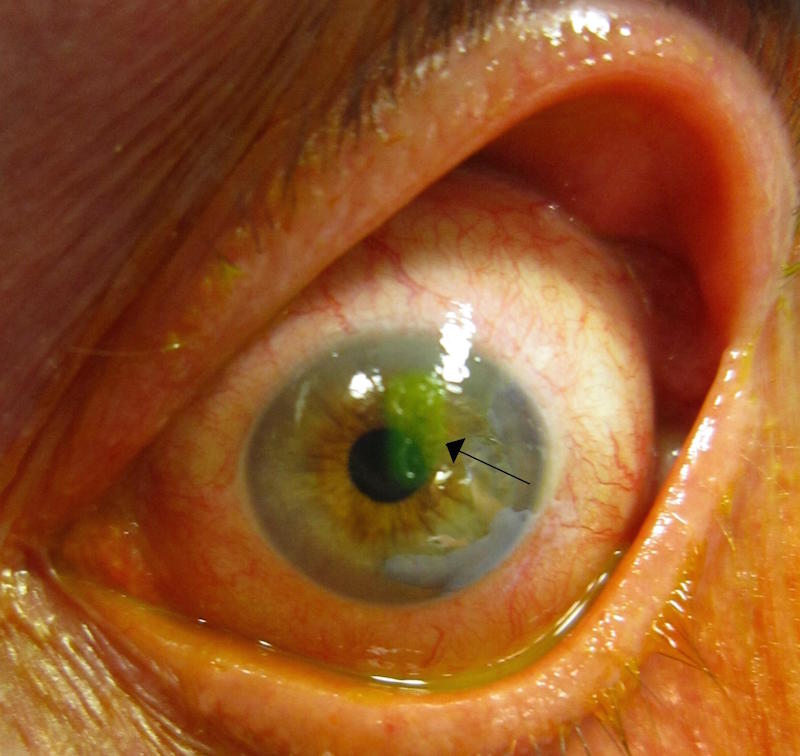In addition to our specialized services, our practice offers standard eye exams and prescriptions for glasses and contact lenses.

A cataract occurs when the natural lens in your eye becomes cloudy, making it harder for light to enter your eye. Cataracts typically occur naturally as you age, and they often cause blurry vision, glare and rings of light known as halos.
Thanks to innovative medical advances, cataract surgery is a common outpatient procedure. The goal of the operation is to break the cloudy cataract-affected lens into easily removable pieces, remove those pieces and insert an artificial intraocular lens (IOL) in place of the natural lens.
While our eyes all share the same basic anatomy, your eyes are totally unique when it comes to their size, depth, curvature and other key features. The LenSx® Laser allows your surgeon to plan and perform a procedure that’s completely customized for each of your eyes. For more than a decade, femtosecond lasers have helped surgeons perform LASIK with unparalleled precision and accuracy. Now the LenSx® Laser brings advanced accuracy and reproducibility to cataract surgery.
Glaucoma is a painless progressive eye disease that damages the optic nerve. Because the optic nerve transmits information from the eye to the brain, glaucoma can result in a gradual, irreversible loss of vision and eventual blindness. High eye pressure, or intraocular pressure (IOP), is often present and is the only modifiable risk factor for glaucoma.
Diabetic retinopathy is a condition occurring in persons with diabetes and is the result of damage to the blood vessels in the retina. The blood vessels will begin to leak, which cause retinal tissue to swell and clouding of vision to occur. Both eyes are affected and if left untreated diabetic retinopathy can cause blindness.
According to the National Eye Institute, diabetic retinopathy is the most common diabetic eye disease and a leading cause of blindness in American adults.
Conjunctivitis is more commonly referred to as pink eye. The whites of the eyes appear pink or red when the conjunctiva (the transparent membrane which lines part of the eyeball) becomes inflamed or infected.
Though pink eye can be irritating, it rarely affects your vision. Treatments can help ease the discomfort of pink eye. Because pink eye can be contagious, early diagnosis and treatment can help limit its spread.
Not all types of conjunctivitis are contagious. Only an eye exam can determine which type of "pink eye" you have.
Dry eyes are caused by a lack of sufficient moisture on your eyes because of an inadequate quality or quantity of tears. If the eyes are not lubricated enough, either by low quantity or poor quality of tears, it causes discomfort and leads to your eyes being irritated and not protected.
Low quantity of tears
Decreased quantity of tears is a result of not producing enough tears to moisten your eyes. There are many causes for decreased quantity of tears including age, hormones, some medical conditions, certain medications, eye surgery, and damage to the tear gland, just to name a few.
Poor quality tears Your tear film consists of three basic layers: fatty oils, water and mucus. These tear film layers keep the surface of your eyes clear, smooth and protected. Problems with any of these layers can produce poor-quality tears which allow dry spots to form on your eye, leading to irritation.
There are many inherited and acquired diseases or disorders that may affect the retina. The occasional spots or floaters, in most cases, are harmless, and are a natural part of the eye's aging process. But, if more floaters than normal suddenly appear and are accompanied by bright, flashing lights, they may be a warning sign of retinal detachment, which is a tear on the retina.
Age-related Macular Degeneration is one of the more common retinal diseases and is a medical condition that usually affects older adults and results in a loss of vision in the center of the visual field because of damage to the retina. It is a major cause of blindness and visual impairment in older adults.
The cornea is the transparent front part of the eye that covers the iris, pupil, and anterior chamber, and accounts for approximately two-thirds of the eye's total optical power.
There are many corneal disorders, one of the most common is Corneal Abrasions (see image), which is a medical condition involving the loss of the surface layer of the eye's cornea.

©2016 Sidney H. Kriger, M.D., P.C.
All Rights Reserved.
Disclaimer | Terms of Service
Website Design by stevenmarx.com